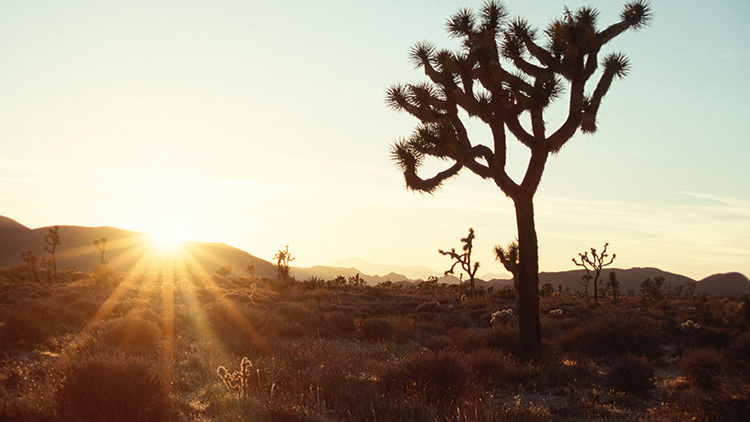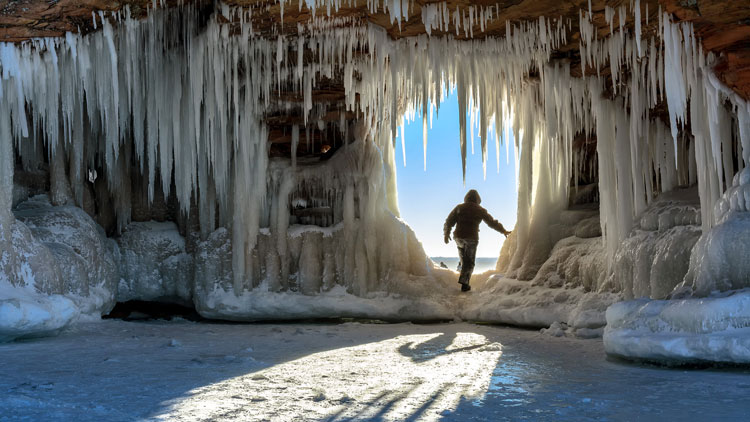
Joshua trees are in trouble. And sadly, this isn’t the first time these beautiful desert plants have been threatened. In the early 1900s, people stripped Joshua trees and other plants from California’s deserts to replant in their yards. Today, people are once again to blame for the Joshua tree’s troubles. And, once again, people can work to make things better.
Human activities, such as burning coal and oil, are creating more greenhouse gases [gases that trap heat inside Earth’s atmosphere] than our planet can handle. As a result, Earth is getting hotter. For Joshua Tree National Park, that has meant warmer temperatures and longer droughts in recent years. Many desert plant and animal species that call the park home are struggling. The periods of extended drought brought on by climate change have made it difficult for the plants and animals to survive.
Many years ago, people did not see the importance of protecting desert landscapes. But in the 1920s, Minerva Hamilton Hoyt fought to preserve the California desert lands she loved. Finally, in 1936, the U.S. government established Joshua Tree National Park. Thanks to Hoyt’s efforts, the park protects hundreds of thousands of acres. Millions of people enjoy the park’s natural beauty every year.
Today, people are searching for answers to help protect the Joshua tree as well as the yucca moth that spreads the Joshua tree’s seeds. Some scientists predict that, without help, nearly all of the park’s Joshua trees will be lost by the year 2100. It would be a sad end to Minerva Hoyt’s dream.
What You Can Do There are many groups working to reduce greenhouse gases on a national level. Research how you can get involved.
Photo Credit:imagebroker/Alamy



